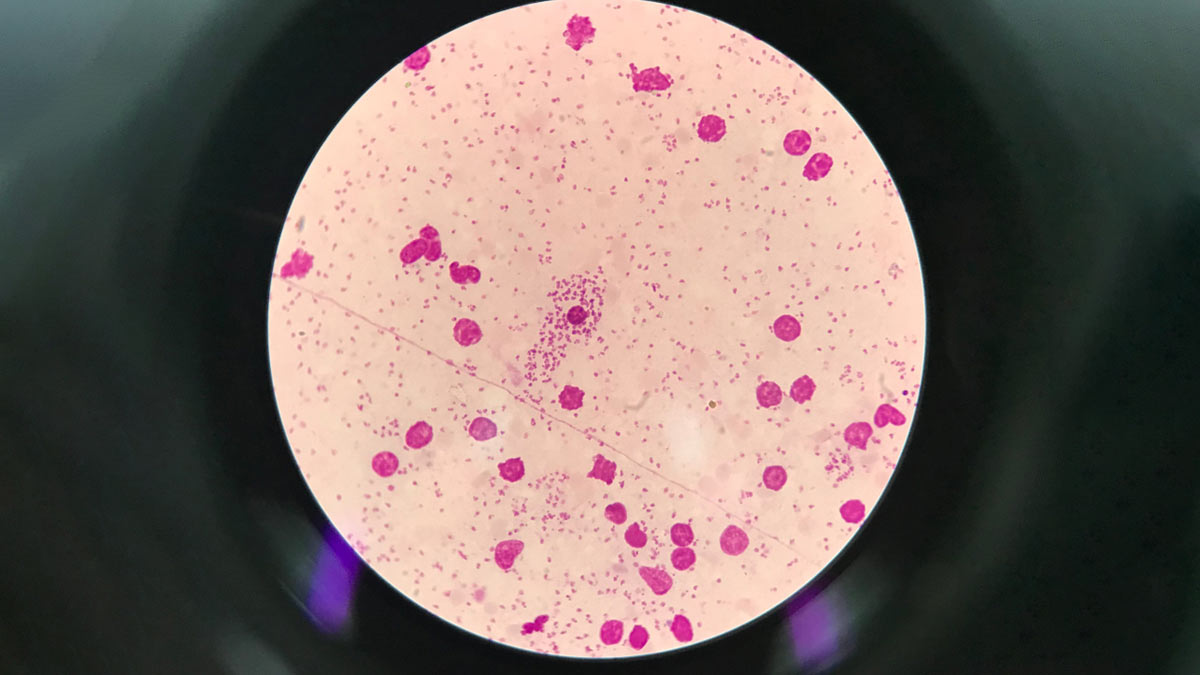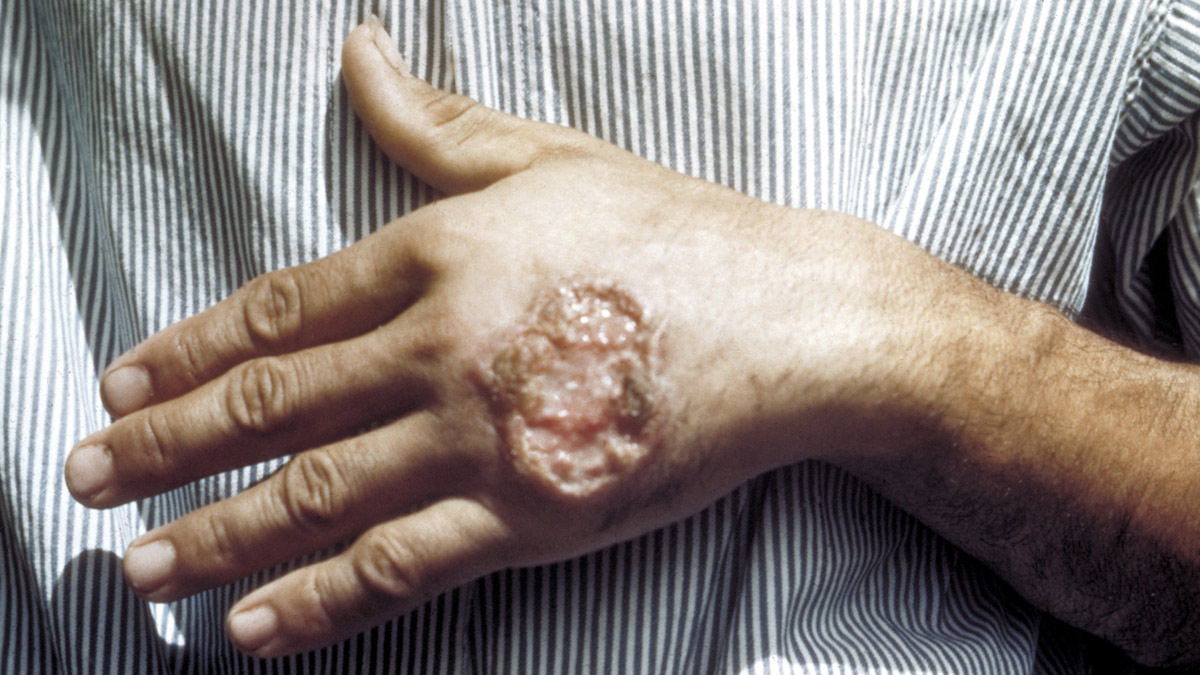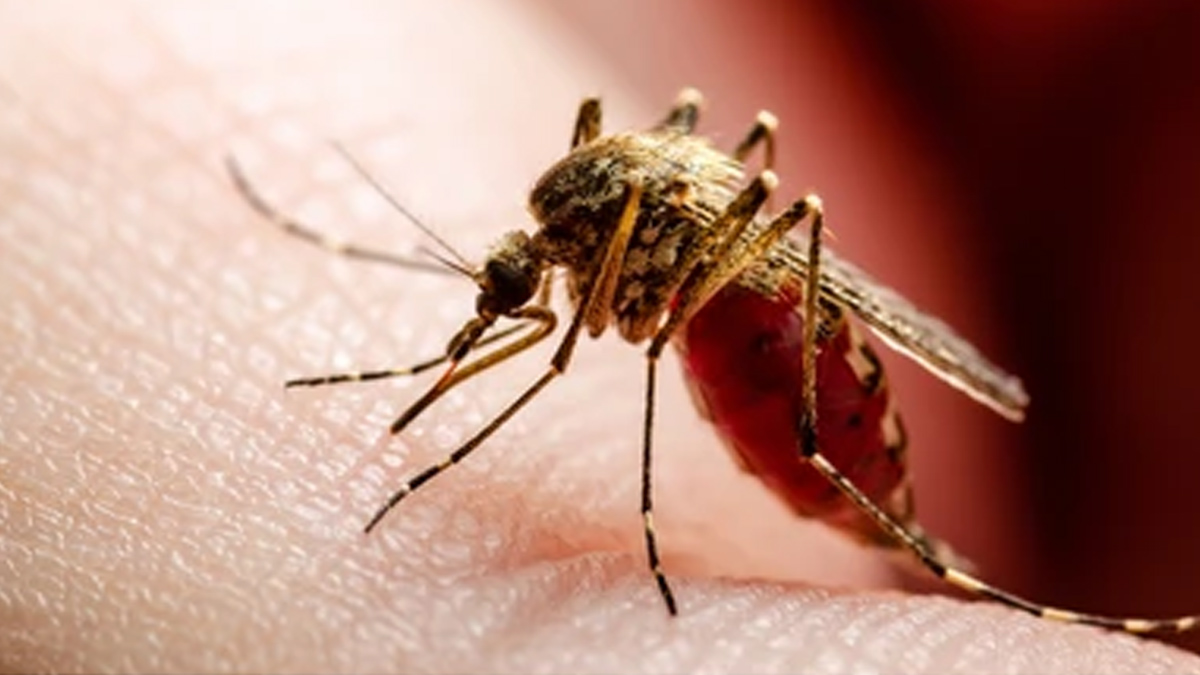
As per media reports, Leishmaniasis, a parasitic disease caused by various Leishmania species, is on the rise in Jammu & Kashmir (J&K), posing significant challenges in diagnosis and treatment. The region, previously not endemic to Leishmaniasis, has emerged as a new focus area, particularly in Chenab Valley, Poonch, Rajouri, Kupwara, and Baramulla districts. Here’s what you need to know Leishmaniasis and what is causing this rise in J&K.
Table of Content:-
Why Is Leishmaniasis Causing This Rise In J&K?
As per reports, here is why cases of Leishmaniasis is rising in J&K:
- Climate change, population mobility, and deforestation are key factors driving the increased incidence of Leishmaniasis in the region.
- The disease's mild symptoms during the early stages often lead to underreporting and delayed diagnosis, complicating treatment.
- The availability and affordability of drugs for Leishmaniasis treatment, such as sodium stibogluconate, pose significant challenges in managing the disease effectively.
- Patients with Leishmaniasis face psychological, physical, and economic burdens, with treatment costs often being prohibitive.

What is Leishmaniasis?
The World Health Organisation defines leishmaniasis as a vector-borne disease transmitted through the bite of infected female sandflies belonging to the Phlebotomus genus in the Old World and Lutzomyia genus in the New World. These sandflies are prevalent in tropical and subtropical regions, making the disease more common in these areas.
There are three main types of Leishmaniasis:
- Cutaneous Leishmaniasis: This form affects the skin, causing ulcers and lesions. It is the most common type.
- Mucocutaneous Leishmaniasis: This type affects both mucous membranes and skin, leading to ulcers in the nose, mouth, and throat.
- Visceral Leishmaniasis: Also known as kala-azar, this form affects internal organs like the spleen, liver, and bone marrow, causing severe symptoms and potentially fatal complications if left untreated.
Leishmaniasis Management
According to the Centres for Disease Control and Prevention, leishmaniasis is caused by protozoan parasites of the Leishmania genus. These parasites enter the body through the bite of infected sandflies during their blood-feeding process.
The symptoms of leishmaniasis vary depending on the type and severity of the infection:
- Cutaneous Leishmaniasis: Skin lesions, ulcers, nodules, and skin discolouration.
- Mucocutaneous Leishmaniasis: Ulcers in mucous membranes, nosebleeds, difficulty breathing, and disfigurement.
- Visceral Leishmaniasis: Fever, weight loss, enlarged spleen and liver, anaemia, and low blood cell counts.

Treatment of Leishmaniasis
While leishmaniasis can be quite challenging to manage, it can be treated. The treatment of leishmaniasis depends on the type and severity of the infection:
- Cutaneous Leishmaniasis: Mild cases may heal on their own, but severe or disfiguring lesions require antiparasitic medications.
- Mucocutaneous Leishmaniasis: Treatment involves antiparasitic drugs combined with surgery or other interventions for mucosal lesions.
- Visceral Leishmaniasis: Antiparasitic drugs like liposomal amphotericin B or miltefosine are used for treatment, often requiring hospitalisation for monitoring and supportive care.
The medical community has urged that urgent measures, including making Leishmaniasis notifiable and funding drug discovery projects, are needed to combat the rising cases effectively. Addressing the challenges posed by Leishmaniasis in Jammu & Kashmir requires a comprehensive approach involving public health interventions, increased awareness, and accessible treatment options.
Also watch this video
How we keep this article up to date:
We work with experts and keep a close eye on the latest in health and wellness. Whenever there is a new research or helpful information, we update our articles with accurate and useful advice.
Current Version